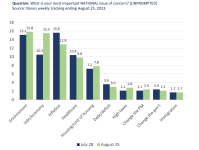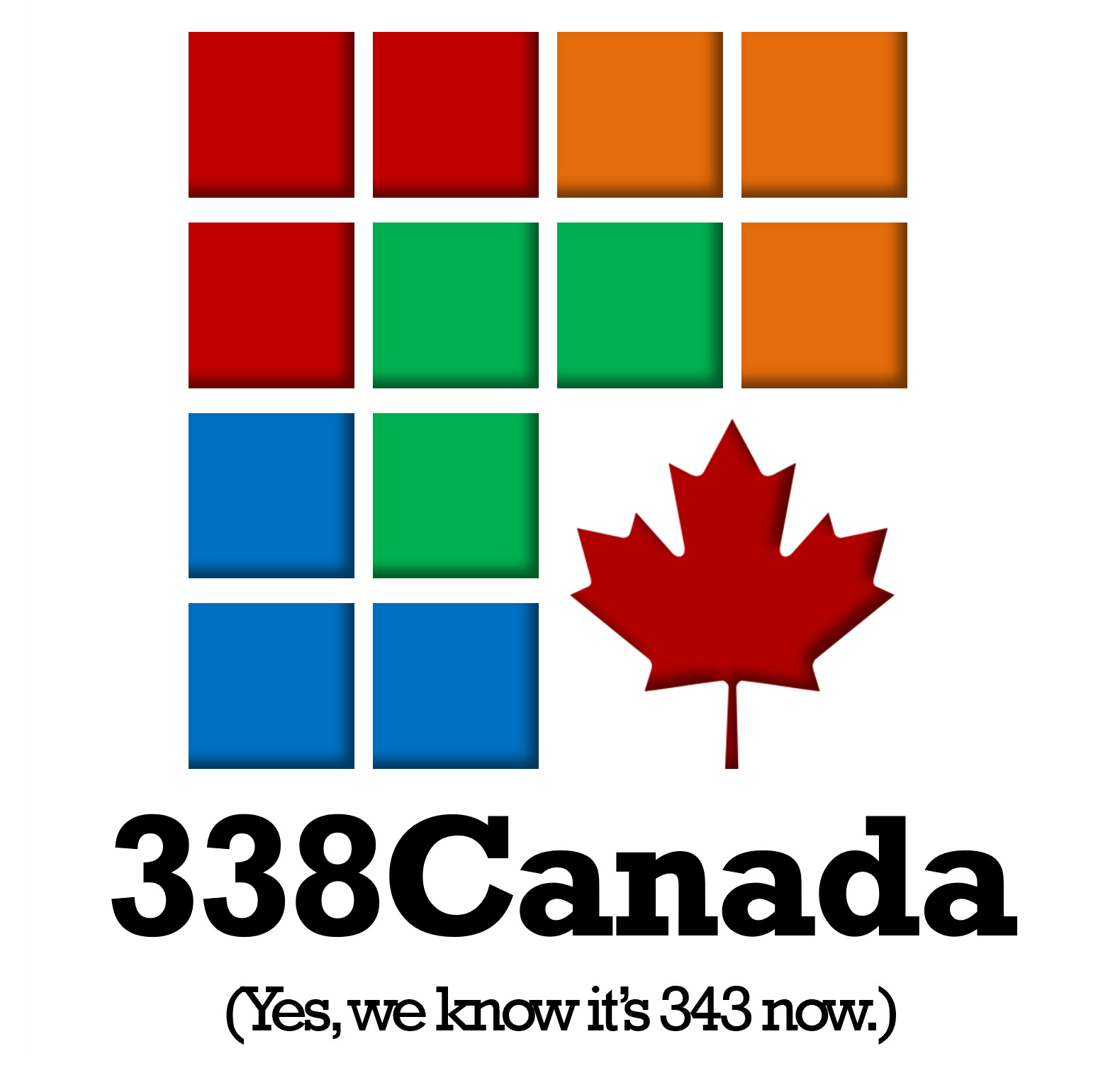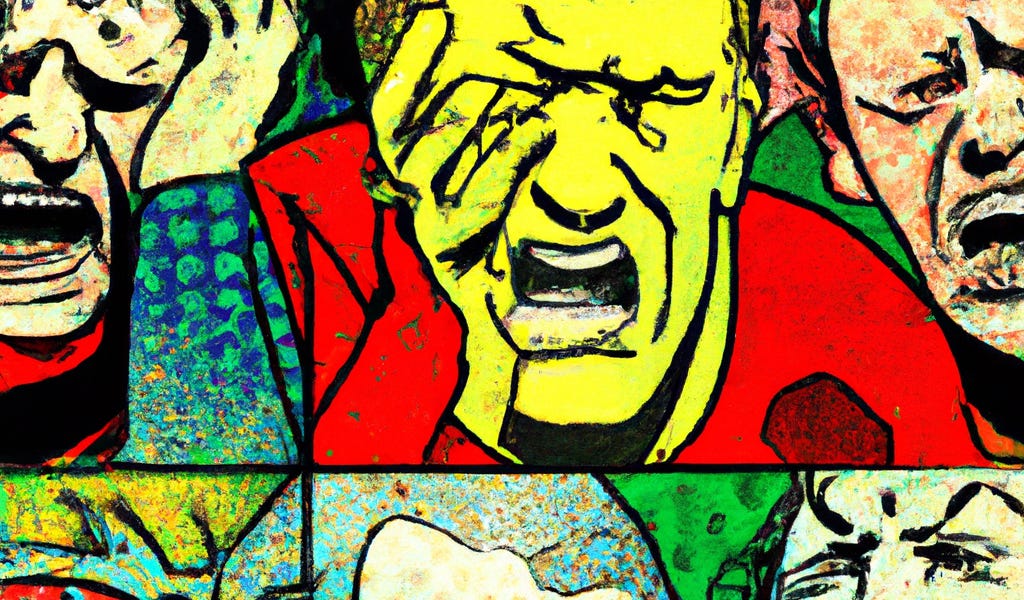FIRST READING: The catastrophic poll results keeping Liberals up at night
Their numbers are about as bad as under Michael Ignatieff
Author of the article:
Tristin Hopper
Published Sep 11, 2023 • Last updated 7 hours ago • 6 minute read
184 Comments
PHOTO BY CARTOON BY GARY CLEMENT
Just as the Conservatives meet for their annual convention in Quebec City, Prime Minister Justin Trudeau is facing the most devastating poll numbers of his career. Two recent polls, in particular, show that Millennials are now twice as likely to vote Conservative than Liberal, and that a clear plurality of Canadians now favour Conservative Leader Pierre Poilievre for prime minister.
But it’s in the details of these polls that signs are emerging to terrify even the most optimistic Liberal analyst. Below, a deep dive into the numbers showing why the Liberal Party may be skirting the edge of electoral collapse.
Given current numbers, a Conservative victory is virtually guaranteed
In terms of raw popular vote, Conservatives have been leading the Liberals for years. The last two federal elections, in fact, saw the Tories gain more raw votes than Liberals, but since most of those extra Conservative votes were in ridings that already had Conservative MPs, the Liberals were still able to claim a much larger share of seats in the House of Commons.
But over the summer, Conservative sentiment rose just enough that dozens of Liberal and NDP seats in Ontario and Atlantic Canada are now tilted towards the Tories. Analysts can argue over whether this portends a Conservative majority or minority, but
according to the number-crunchers at 338Canada, given current conditions there is a 98 per cent chance that the Conservatives would win the most seats in an election.
Liberal fortunes are about as bad as they were under Michael Ignatieff
Although it’s not permitted to utter his name in Liberal circles, Michael Ignatieff was Liberal leader at the time of the party’s overwhelming defeat in 2011. That was the federal election where the Liberals were bumped to third-party status for the first time in Canadian history. When that election started the Liberals were
polling at between 25 and 30 per cent; although their utterly shambolic campaign would see those numbers plummet to 19 per cent by Election Day.
According to
Abacus Data, the Liberals are currently polling at 26 per cent; almost exactly where Ignatieff found himself when Parliament was dissolved on March 26, 2011.
Even Liberals don’t want a Liberal government anymore
An Angus Reid Institute poll
released Thursday included a survey question wherein they asked partisan voters what kind of government they’d like to see. Most Conservatives (82 per cent) obviously said they’d prefer a Conservative majority. But Liberals were noticeably afraid of their party getting that kind of power. A mere 30 per cent of Liberal voters wanted a Liberal majority, while 52 per cent preferred the status quo of Liberals propped up by the NDP. And then things got really weird when it came to the Bloc Québécois; 51 per cent of them favoured some form of Conservative government, with one fifth favouring a Conservative majority.
Nearly twice as many Canadians want Poilievre as prime minister over Trudeau
This time last year, Trudeau could sit comfortably knowing that while Poilievre was wildly popular among Conservatives, everybody else mostly saw him as an uncharismatic House of Commons attack dog. One Ipsos poll conducted
just after Poilievre’s September 2022 ascension to the leadership found that most Canadians didn’t know who he was, and those that did were inclined not to like him. “His negatives are higher than his positives,” is how pollster Darrell Bricker put it at the time.
But starting this year, Poilievre suddenly began to tie Trudeau in rankings of personal popularity. And in
the latest Angus Reid Institute survey, he was way ahead as Canadians’ top choice to be prime minister; 32 per cent of respondents wanted a Prime Minister Poilievre against the 17 per cent who wanted to keep Trudeau.
Poilievre is most popular among young people
This is probably the most shocking indicator in all this: Across multiple polls, Pierre Poilievre and the Conservative Party are finding their strongest base of support among young people. As in; the average Canadian 25-year-old is
more likely to vote Conservative than the average 65-year-old.
One telling indicator from Abacus Data found that 37 per cent of voters under 30 liked Poilievre, against just 28 per cent who didn’t like him. Compared to this, he is despised among the over-60 set; 44 per cent said they had already made up their mind against him. “If someone told me that the Conservative leader would be MORE popular with younger Canadians than older ones a few years ago, I’d tell you you were nuts,” wrote Abacus CEO David Coletto
in a social media post.
This basically never happens in English-speaking Western democracies, and it’s often one of the more reliable harbingers that a country is about to enter a prolonged period of popular conservative rule. U.S. President Ronald Reagan, for one, achieved one of the most explosive landslides in history in part because he was able to convince under-40 Americans to vote Republican (and it was a similar deal with Conservative U.K. Prime Minister Margaret Thatcher).
One of the most critical factors about winning over the youth vote is that this is a demographic that traditionally doesn’t show up for elections. Turnout among voters aged 18-27 was
a mere 47 per cent in 2021. What this means is that any candidate who can sufficiently gin up young Canadians could potentially stand to gain millions of extra ballots from people who had otherwise planned to stay home.
This is part of the reason that Trudeau became prime minister in the first place; in 2015 an unprecedented surge of under-24s shelved their usual voter apathy
just long enough to give him a majority. Trudeau’s subsequent failure to recapture a majority is due in part to the fact that these voters didn’t bother showing up for him again.













